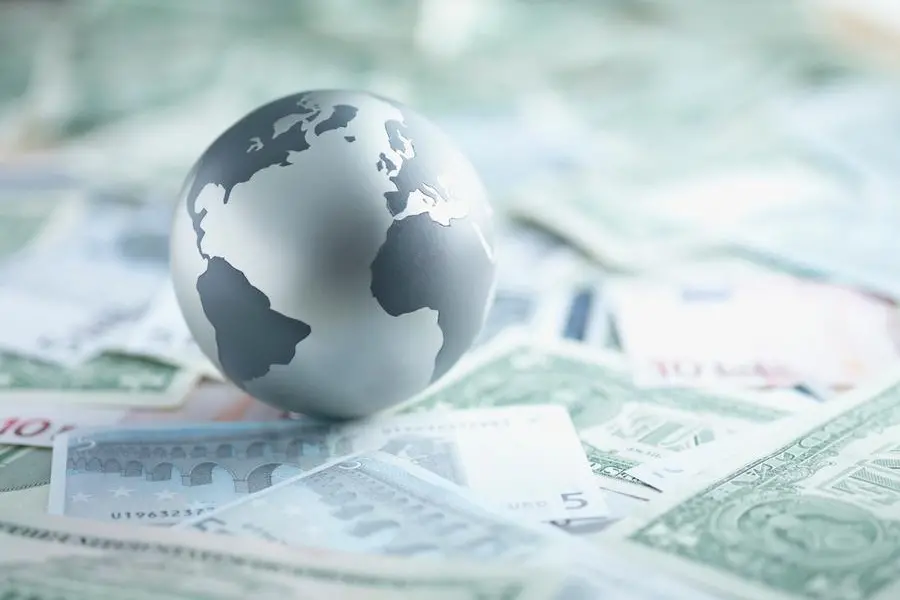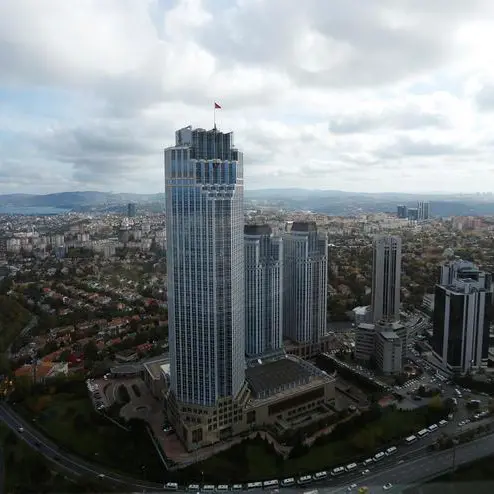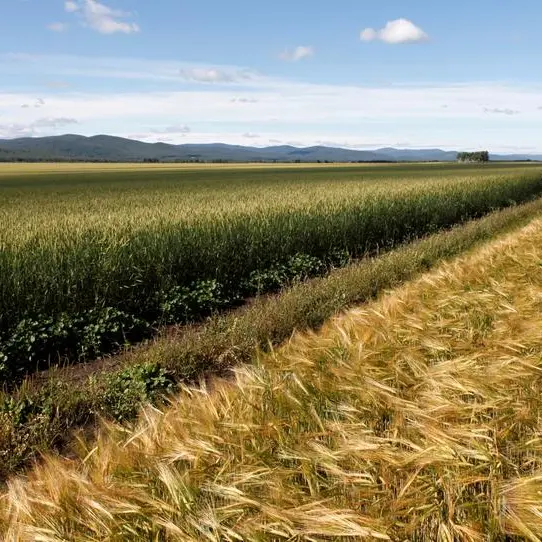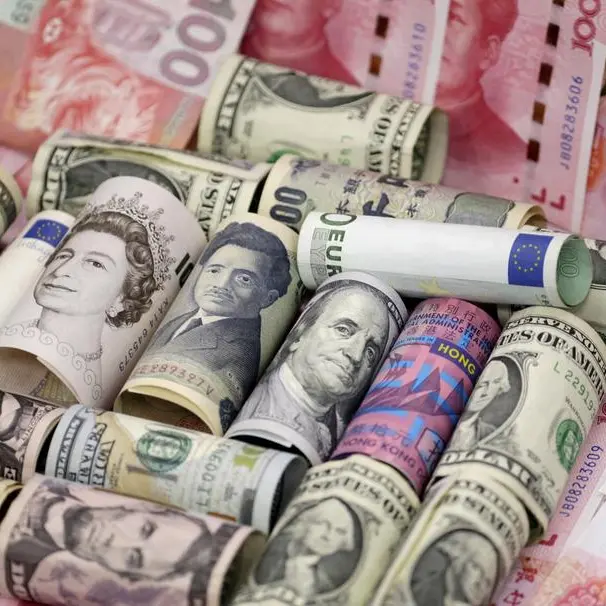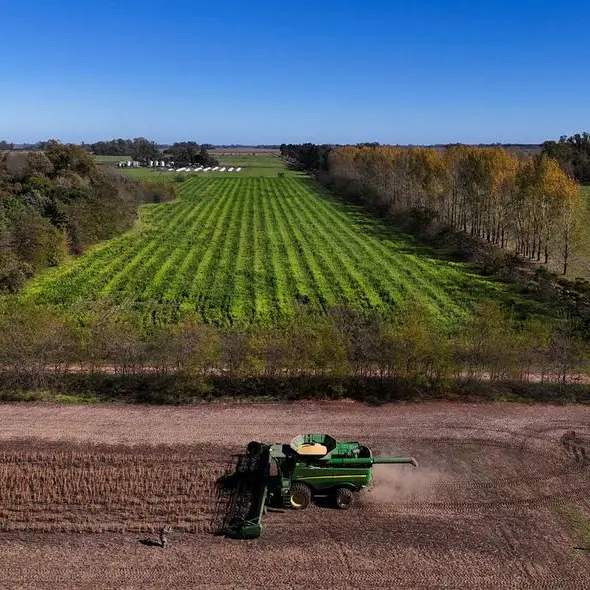PHOTO
Remittances to low-and middle-income countries, which grew by nearly five per cent to around $626 billion in 2022 — about half the expansion seen last year --- are is expected to slow further to around two per cent in 2023, a World Bank report said, citing inflation, an economic slowdown in the US and the GCC coupled with a fall in oil prices as reasons.
India, which is on track to become the first single country to receive more than $100 billion in yearly remittances this year, will lead next year’s slower global remittance growth by recording a decline due to the global headwinds.
In total, the amount of money sent back home by migrants around the world has grown by five per cent in 2022, it added, saying that the money is a crucial source of household income in low and middle-income countries.
Other top recipient countries for remittances include Mexico ($60 billion), China ($51 billion), the Philippines ($38 billion), Egypt $32 billion, Pakistan ($29 billion), Bangladesh ($21 billion), and Nigeria ($21 billion).
While India and Nepal have experienced an increase in remittances, other countries in South Asia have seen a decline of more than 10 per cent in the last year, due to the end of government incentives introduced during the pandemic, the report said.
The World Bank said an estimated 12 per cent growth in India’s remittance to a historic $100 billion, up $89.4 billion in 2021, can be mainly attributed to the Indian migrants’ earning relatively high salaries in the US, the UK and East Asia. In the GCC destination countries, governments ensured low inflation through direct support measures that protected migrants’ ability to remit.
Sending $200 to the region cost 4.1 per cent on average in the second quarter of 2022, down from 4.3 per cent a year ago. Other reasons behind high remittance to India include a gradual shift in destinations for Indian migrants as well as a structural shift in their qualifications moving to the highest-income-earner-category. For example, migrants moved from informal employment in the GCC countries to high-income countries – the US, the UK, Singapore, Japan, Australia and New Zealand, the Washington-based bank said.
Despite reaching a historic milestone, India’s remittance flows are expected to account for only three per cent of its GDP in 2022.
Remittances to the developing countries of the Middle East and North Africa are estimated to have grown 2.5 per cent in 2022 to $63 billion, compared to a 10.5 per cent growth last year. Slower growth in remittances is partly tied to the erosion of real wage gains in the euro area, even as demand for remittances in home countries increased amid deteriorating conditions, including drought in the Maghreb and high imported wheat prices.
As a share of GDP, remittances are significant in Lebanon (38 per cent) and West Bank and Gaza (19 per cent). Remittance inflows are projected to grow by 2.0 per cent in 2023. Sending $200 to the region cost 6.3 per cent on average in the second quarter of 2022.
Remittances to South Asia grew an estimated 3.5 per cent to $163 billion in 2022, but there is large disparity across countries, from India’s projected 12 per cent gain to Nepal’s four per cent increase, to an aggregate decline of 10 per cent for the region’s remaining countries. The easing of flows reflects the discontinuation of special incentives some governments had introduced to attract flows during the pandemic, as well as preferences for informal channels offering better exchange rates.
Copyright © 2022 Khaleej Times. All Rights Reserved. Provided by SyndiGate Media Inc. (Syndigate.info).
